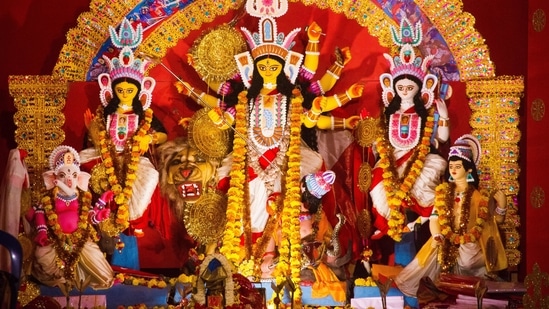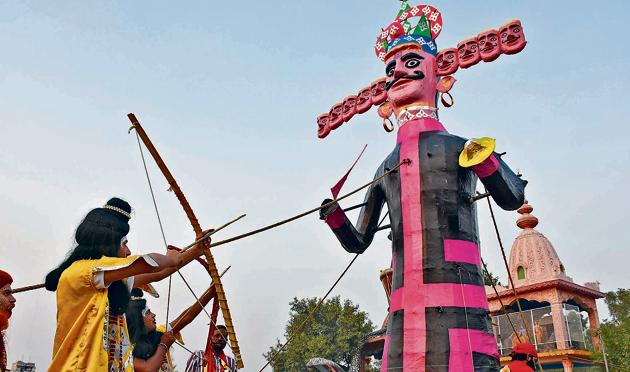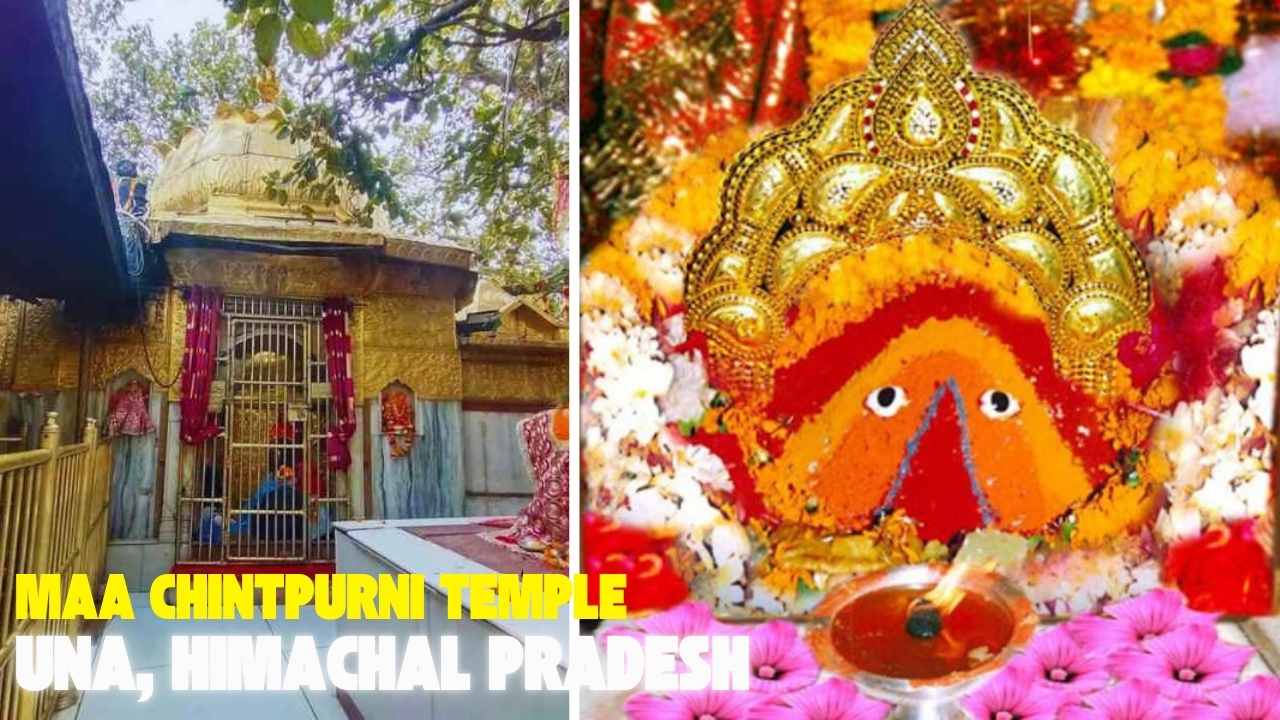
Dussehra 2024: Is Vijayadashmi on October 12 or 13? Know correct date, Dashami tithi, shubh muhurat, significance
6 months ago | 5 Views
Dussehra 2024: The auspicious festival of Dussehra, also known as Vijayadashmi, is marked annually across the country. It commemorates the victory of good over evil - Maa Durga's victory over Mahishasura and Lord Rama defeating Ravana. Dussehra also marks the end of Navratri and Durga Puja celebrations. This year, there is some confusion around Dussehra's correct date. Know details here.
Dussehra 2024: When is Vijayadashmi?
This year, the Dashami tithi will last for two dates. Therefore, there is a confusion whether Dussehra is on October 12 or 13. According to Drik Panchang, Vijayadashmi will be celebrated on Saturday, October 12.

Dussehra 2024: Dashami tithi and shubh muhurat
As per the panchang, here are the important tithis to keep in mind:
Vijay muhurat - 2:03 pm to 2:49 pm
Aparahna puja time - 1:17 pm to 3:35 pm
Dashami tithi begins - 10:58 am on October 12
Dashami tithi ends - 9:08 am on October 13
Shravana nakshatra begins - 5:25 am on October 12
Shravana nakshatra ends - 4:27 am on October 13
Dussehra 2024: Significance of Vijayadashmi
Dussehra, or Vijayadashmi, is celebrated as the victory of Lord Rama over Demon Ravana and Goddess Durga's triumph over the buffalo Demon Mahishasura. The festival is followed by the most auspicious Festival of Lights, Diwali.

Dussehra holds much significance in Hindu culture. It reinforces the universal message that no matter how powerful evil may seem, righteousness always prevails in the end.
As per mythology, Ravana, the king of Lanka, had abducted Sita, Lord Rama's wife, while they were completing their 14-year-long exile. Lord Rama, accompanied by Lakshmana, Hanuman, and Vanar Sena, rescued Maa Sita. They fought a fierce battle, and on the tenth day, Rama finally defeated Ravana, symbolising the victory of good over evil. In most parts of the country, Ravana, Kumbhakaran, and Meghnath effigies are burnt to mark the celebrations.
Maa Durga's victory over Mahishasura is also commemorated during Viajayadashmi. In Bengal, Vijayadashmi is marked with Sindoor Khela and Dhunuchi dance. Additionally, the immersion of Durga idols (Durga Visarjan) takes place with vibrant processions, marking the goddess’s return to her heavenly abode.





















